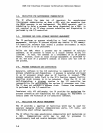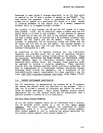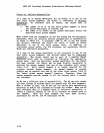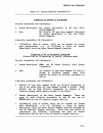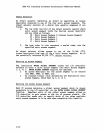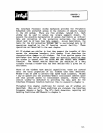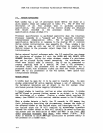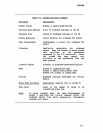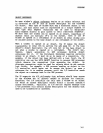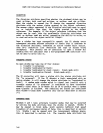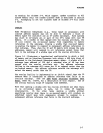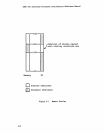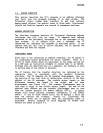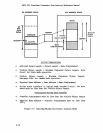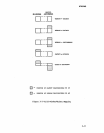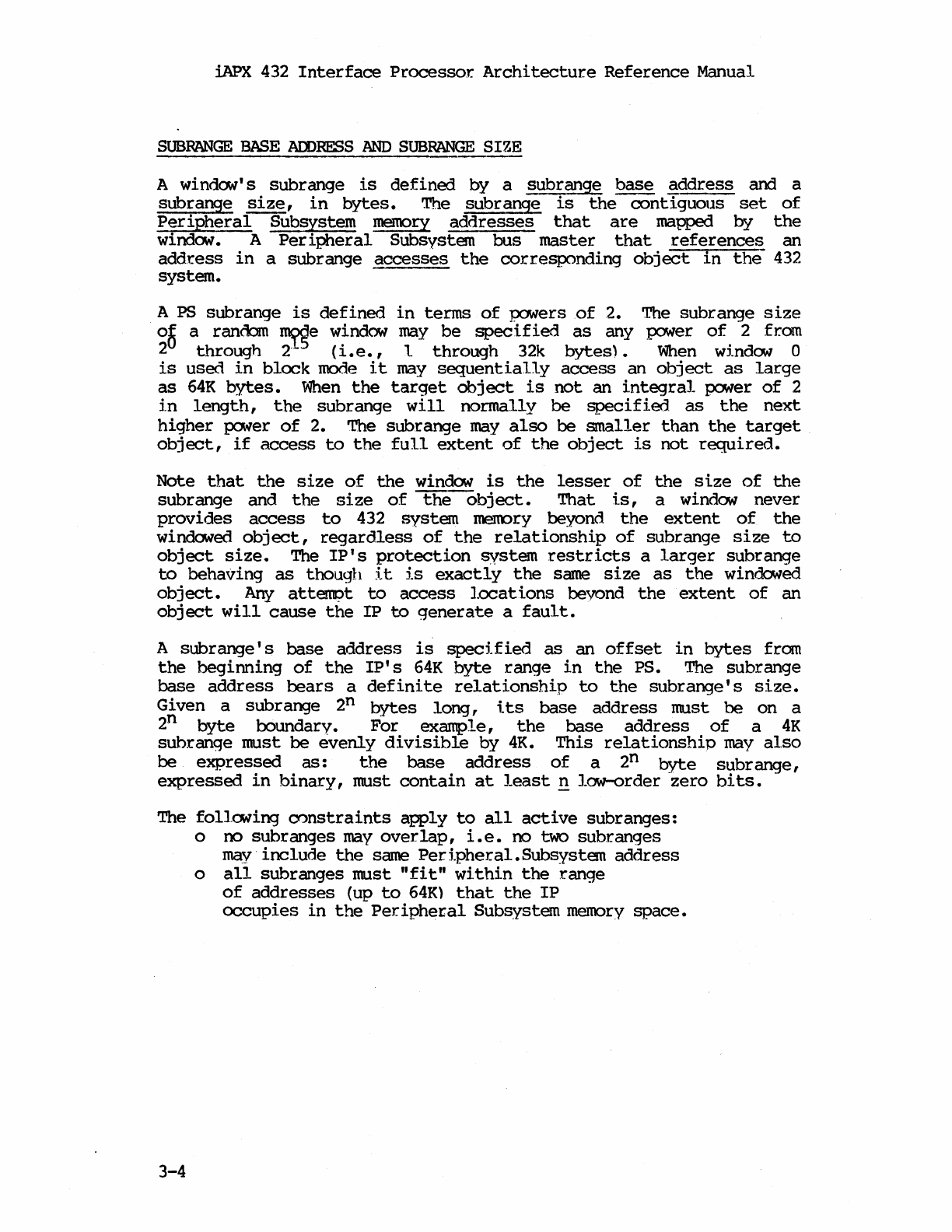
iAPX 432
Interface
Processor.
Architecture
Reference
Manual
SUBRANGE
BASE AIDRESS
AND
SUBRANGE
SIZE
A windCM's
subrange
is
defined
by
a
subrange
base
address
and a
subrange
size,
in
bytes.
The
subra~
is
the
contiguous
set
of
Peripheral
SUbsystem
memory
addresses
that
are
mapped by
the
windCM.
A
Per
ipheral
Subsystem
bus
master
that
references
an
addr.ess
in
a
subrange
accesses
the
corresponding
object
in
the" 432
system.
A
PS
subrange
is
defined
in
terms
of
powers
of
2. The
subrange
size
025
a random
~e
window
may
be
specified
as
any power
of
2 from
through
2'
(i.e.,
1
through
32k
bytes).
When
wlndCM
0
is
used
in
block
mode
it
may
sequentially
access
an
object
as
large
as
64K
bytes.
When
the
target
object
is
not
an
i.ntegral
power
of
2
i.n
length,
the
subrange
will
normally
be
specified.
as
the
next
higher
}?a'1er
of
2. The
subrange
may
also
be
smaller
than
the
target
object,
if
access
to
the
full
extent
of
the
object
is
not
required.
Note
that
the
size
of
the
window
is
the
lesser
of
the
size
of
the
subrange
and
the
size
of
theobject.
That
is,
a window
never
provides
access
to
432
system
rnennry beyond
the
extent
of
the
windCMed
object,
regardless
of
the
relationship
of
subrange
size
to
object
size.
The
IP's
protection
system
restricts
a
larger
suhrange
to
behaving
as
though
it
is
exactly
the
same
size
as
the
windowed
object.
Any atterrtr.?t
to
access
locations
beyond
the
extent
of
an
object
will
cause
the
IP
to
generate
a
fault.
A
subrange'
s
base
address
is
specified
as
an
offset
in
bytes
from
the
beginning
of
the
IP's
64K
byte
range
in
the
PS. The
subrange
base
address
bears
a
definite
relationship
to
the
subrange's
size.
Given a
subrange
2
n
bytes
long,
its
base
address
must
be
on a
2
n
byte
boundary.
For
example,
the
base
address
of
a
4K
suhrange
must
be
evenly
divisible
by
4K.
This
relationship
may
also
be
expressed
as:
the
base
address
of
a 2
n
byte
subrange,
expressed
in
binary,
must
contain
at
least
n
low-order
zero
bits.
The
following
cnnstraints
apply
to
all
active
subranges:
3-4
o no
subr
anges
may
overlap,
i.
e.
no
two
subranges
may'include
the
same
Pertpheral.Subsystem
address
o
all
subranges
must
"fit"
within
the
range
of
addresses
(up
to
64Kl
that
the
IP
occupies
in
the
Peripheral
Subsystem
memory
space.



